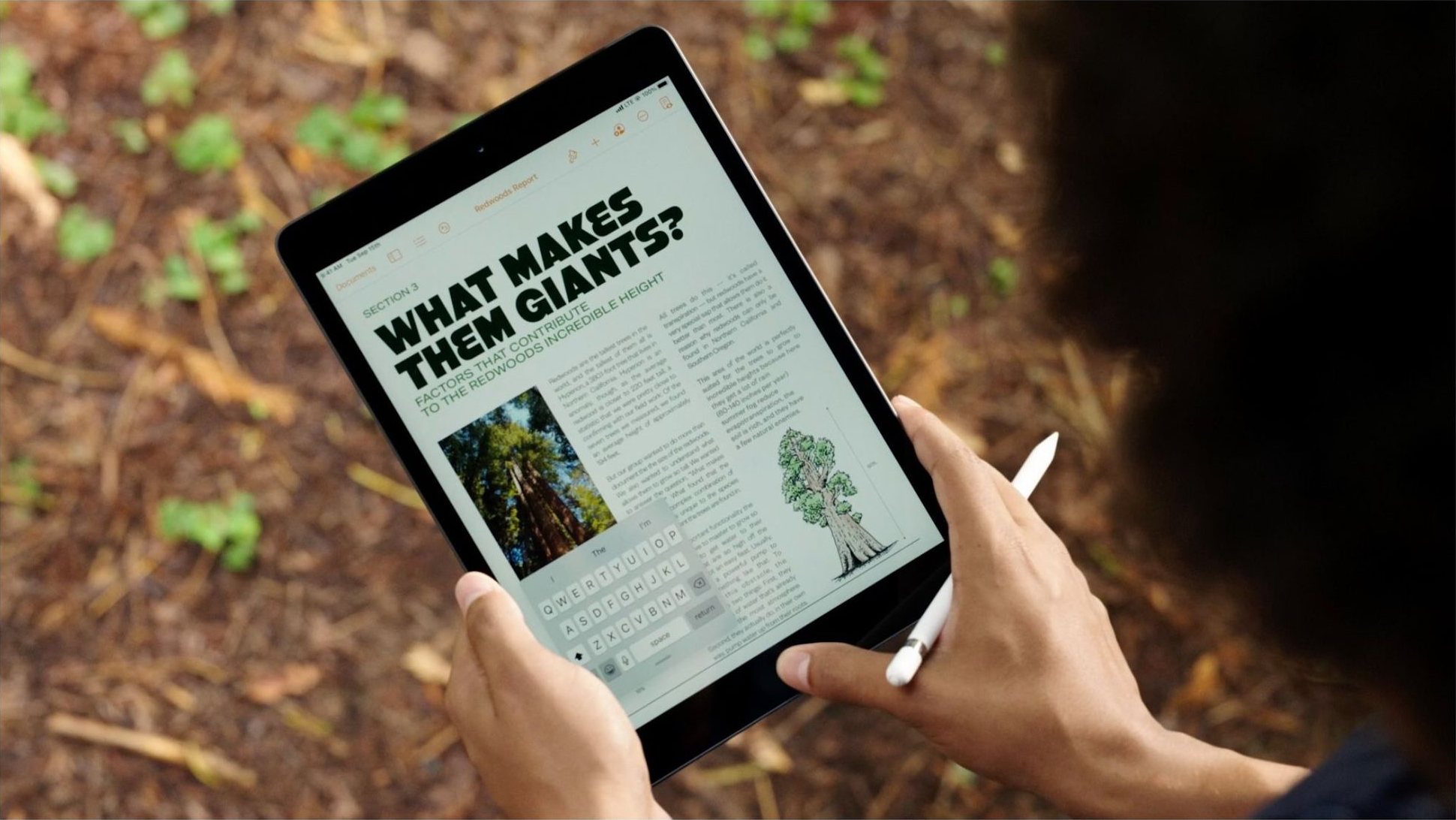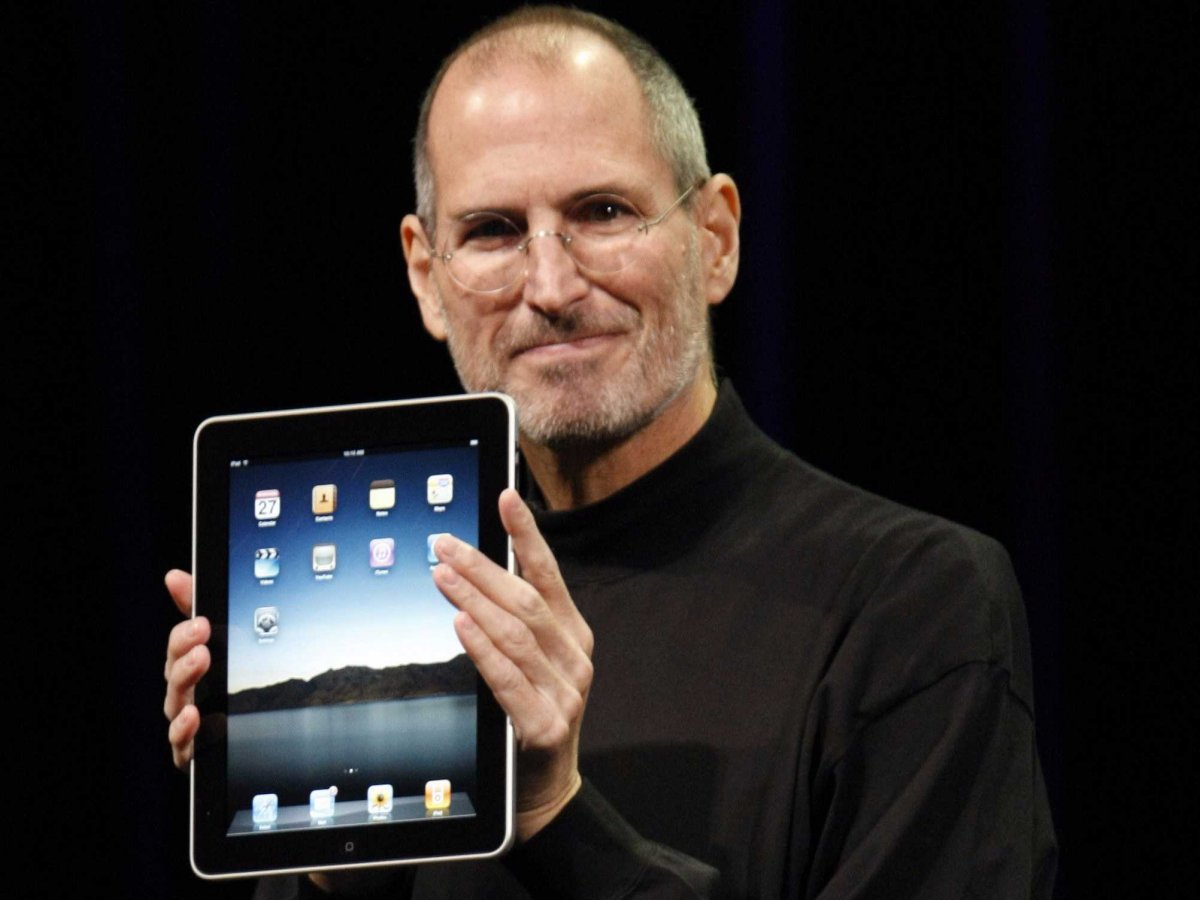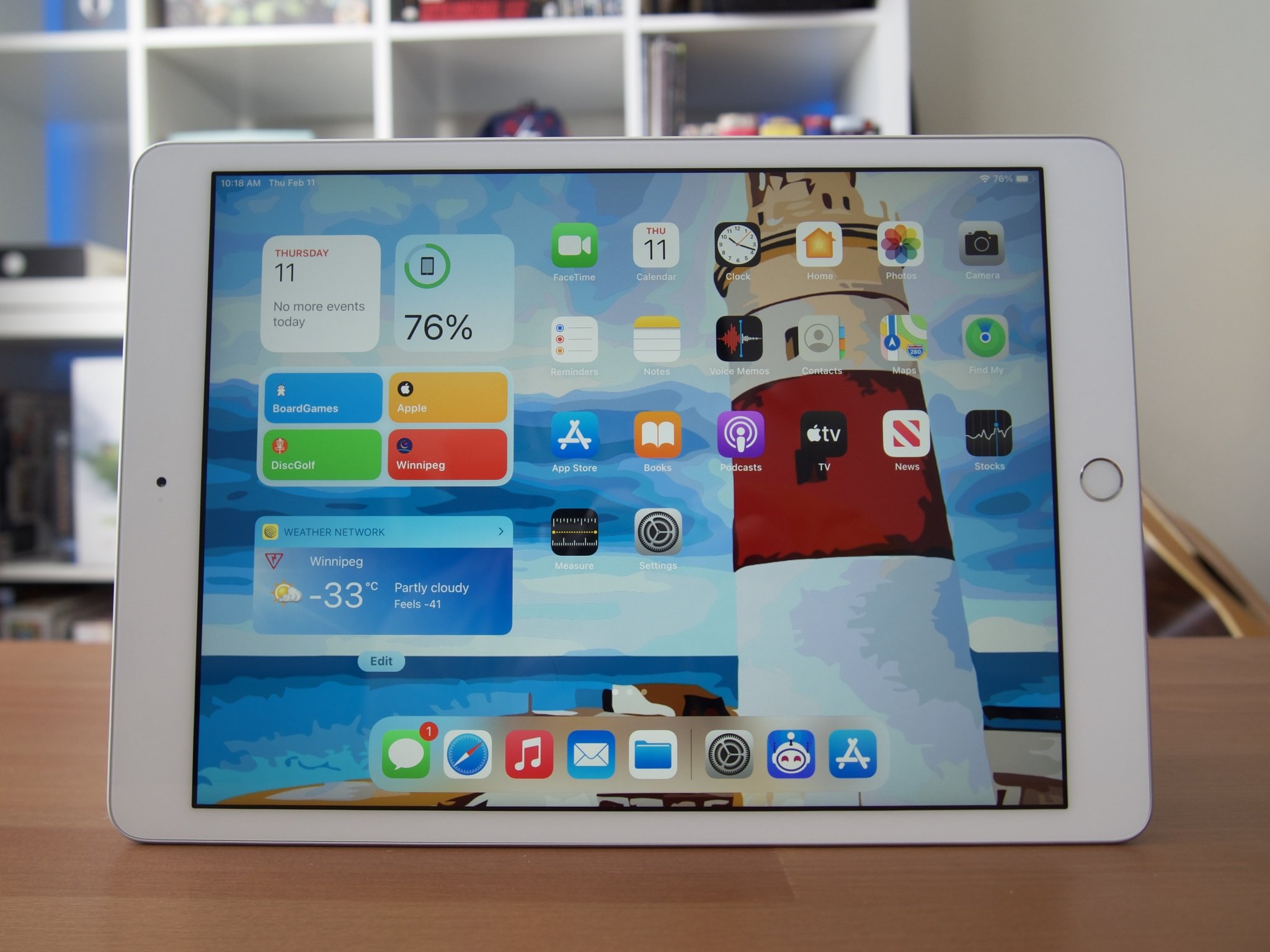It's no longer a game-changer, but the 'iPad' is still appealing for many - TechnW3
There's a good reason Apple keeps the basic iPad around. It's all many people want or need.
Apple's expected to reveal the ninth-generation iPad in just a few weeks. Long ago, no longer the company's flagship tablet, the basic iPad is still a popular choice with many, and there are different reasons for this that extend beyond price. Still, when news hit that the next iPad could come without many of the features found on all the other iPad models, including the often maligned iPad mini, it got me wondering and asking a question: Is the "iPad" getting the respect it deserves?
A first
I remember the day very clearly. The night before, I made sure my car had plenty of gas in the tank, and I woke up early enough to be one of the first in line at Best Buy. That day, sometime in April 2010, I was determined to get my hands on a first-generation iPad, even though the steps to do so weren't exactly easy.
Back then, Apple didn't offer the iPad for pre-order, and it was only available at Apple retail stores, and a limited number of Best Buys locations in the United States. I struck out on both points as the nearest Apple store was two hours away and my local Best Buy store (just five minutes from my house at the time), like most of the others, was not among the first stores to get the tablet to sell. So that made the easiest choice driving 60 miles to the next nearly Best Buy, which did have the product in stock — if I got there in time.
Second in line at the store that Saturday, I purchased a 32GB iPad in silver because it was the only model in stock. Only, because the 8GB and 64GB models were sold out; and only, because the first iPad only came in silver.
Before I left the store, I plugged the tablet into my car's USB charger to ensure it would be all juiced up when I made it home. So began my first experience with the iPad.
A Quick history of "iPad."
For most of its history, the singularly-named iPad was only available in one size: 9.7-inches diagonally. That only changed in 2019 with the seventh-generation model, which measured 10.2-inches just like the current eighth-generation version. So to get a different size, you needed to go smaller and say hello to the iPad mini (which first arrived in 2012) or wait until the first 12.9-inch iPad Pro launched in 2015. (The iPad Air didn't bring a different size to the table until the third-generation version arrived in 2019. It and the current model, the best iPad so far in 2021, measure 10.5-inches diagonally.)
The point here isn't the history of iPad sizes. Rather, it's that Apple has always been committed to offering a regular size tablet, which has always been called simply, "iPad."
9th Generation version
With this year's rumor mill spinning nearly out of control, the time is getting close for the revealing of the ninth-generation iPad. If you believe the rumors, the next iPad mini is going to look boxy, much like the current iPad Air and iPad Pro, and also include Face ID and a USB-C port for the first time.
Meanwhile, the new iPad is poised to get thinner and receive a chip upgrade but will likely keep Touch ID and a Lightning port. After the projected changes to the iPad mini, it will be the only tablet in the Apple lineup to do so.
So let's be clear. Once Apple's flagship tablet, the iPad will remain the company's least expensive tablet. In doing so, it will join the iPhone SE as one of only two Apple devices to embrace two technologies it killed off long ago elsewhere.
Does this make sense? Not at all if you're looking at this from a historical perspective. From this standpoint, folks who embrace the footprint of the original iPad should get the same goodies on their tablet as those who select the 7.9-inch iPad mini. And yet, there's something bigger at work here.
Actually, a lasting legacy
Anyone who wants and is willing to pay for the latest bells and whistles on an Apple tablet long ago recognized they needed to look beyond "iPad." For a while, that meant taking a huge jump to the iPad Pro. More recently, Apple resurrected the iPad Air and made it the company's mid-priced offering.
Meanwhile, the "original" iPad remains with the ninth-generation model coming as early as next month. Today, this iPad serves the dual purpose of showing respect for the product Steve Jobs created a decade ago while allowing the public to join the iPad family for as little as $329 and usually for less. In addition, the iPad is sometimes the only Apple tablet that gets discounted during events like Black Friday and Amazon Prime Day.
At its price point, the iPad is a great solution for students, those on a budget, and those users not impressed with the next crop of new features like 5G, XDR, an M1 chip, and hip colors like Sky Blue.
Though the now-10.2-inch iPad no longer leads Apple's food chain, it remains an integral part of the lineup overall. Therefore, although some of us may shake our heads knowing another iPad could launch with Touch ID, there's some satisfaction in knowing that some buyers find this okay and embrace going basic in this fast-moving, crazy world.
Thoughts?
Do you think Apple should shift some innovation towards the iPad, or are you okay with where it sits in the iPad lineup? Let us know in the comments below.
from iMore - Learn more. Be more.
via TechnW3





No comments: